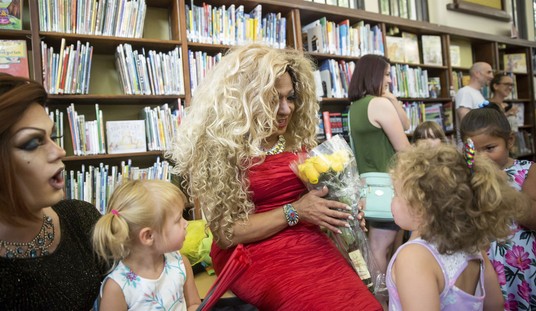Chernobyl had its heroes too. If you’ve never heard the stories of Anatoly Grishchenko, Alexei Ananenko, and Vladimir Shevchenko, follow the links. They knew what they were in for if they went in, and what everyone else was in for if they didn’t.
Immense courage, needless to say.
Speaking tearfully through an interpreter by phone, the mother of a 32-year-old worker said: “My son and his colleagues have discussed it at length and they have committed themselves to die if necessary to save the nation.
“He told me they have accepted they will all probably die from radiation sickness in the short term or cancer in the long-term.”…
She could not confirm if her son or other workers were already suffering from radiation sickness. But she added: “They have concluded between themselves that it is inevitable some of them may die within weeks or months. They know it is impossible for them not to have been exposed to lethal doses of radiation.”…
“My son has been sleeping on a desk because he is afraid to lie on the floor. But they say high radioactivity is everywhere and I think this will not save him,” said the mother of the worker who spoke to Fox News.
As strange as it may sound, I’ve imagined them at work 24/7 since the crisis began, never thinking how they must be eating and sleeping inside the hot zone. CNN sheds some light on that:
They sleep anywhere they can find open space — in conference rooms, corridors, even stairwells. They have one blanket, no pillows and a leaded mat intended to keep radiation at bay.
They eat only two meals each day — a carefully rationed breakfast of 30 crackers and vegetable juice and for dinner, a ready-to-eat meal or something out of a can.They clean themselves with wet wipes, since the supply of fresh water is short…
“My parents were washed away by the tsunami, and I still don’t know where they are,” one worker wrote in an e-mail that was verified as authentic by a spokesman for the Tokyo Electric Power Co., which runs the Fukushima plant.
“Crying is useless,” said another e-mail. “If we’re in hell now, all we can do is crawl up towards heaven.”
The area in the exclusion zone around the plant is so radioactive that up to 1,000 people killed in the quake and resulting tsunami are still lying out in the open, their bodies unretrieved because they’re simply too toxic to handle. Burning them would release more radiation into the air; burying them could contaminate the soil. If/when the Fukushima Fifty start to die, I assume they’ll be buried right there on the grounds of the plant where it’s already contaminated. Maybe that’s what they’ll do with the other bodies too.
There’s a last-ditch plan in place to try to save the workers once they’re stricken with cancer:
Japanese authorities are considering plans to collect and freeze cells from engineers and water cannon operators at the Fukushima nuclear power plant in case they are exposed to dangerous levels of radiation.
The proposal has been drawn up as a precautionary measure that could potentially save the lives of workers if they receive high doses of radiation while battling to bring the damaged nuclear reactors under control…
The procedure requires workers to take a drug for several days that causes their bone marrow to release stem cells into the blood. They are then hooked up to a machine through which their blood is passed and filtered to extract the stem cells.
The procedure is already used to treat cancer patients whose bone marrow is destroyed by chemo- or radiotherapy.
Every time I read about the Fukushima Fifty lately, I think of “Ikiru.” If you’ve never seen it, surf on over to Netflix right this instant. Here’s Shevchenko’s final film, a rare historical document of Chernobyl inside the hottest of hot zones. Note the part where he climbed up onto a roof next to the reactor and filmed down into it. That’s apparently where he received his own fatal dose.
Update: Speaking of which, Japan is now considering a Chernobyl solution to its own problem — burying the entire plant in concrete to try to contain the reactors and snuff further radiation releases as best they can. According to a British nuclear expert, it could take … 100 years before the fuel rods have completely cooled and can be removed from the plant.








Join the conversation as a VIP Member